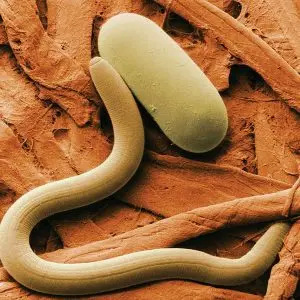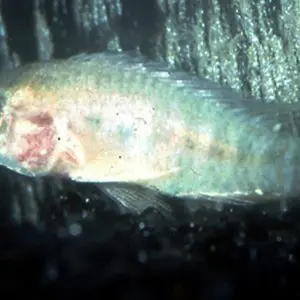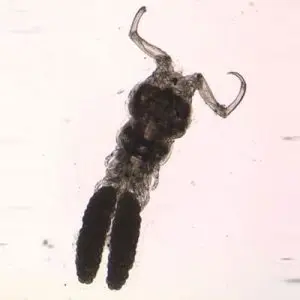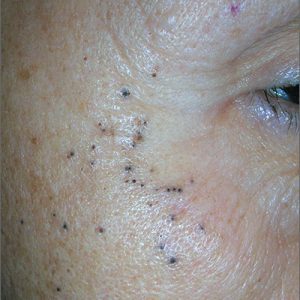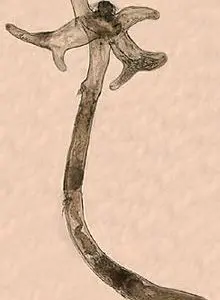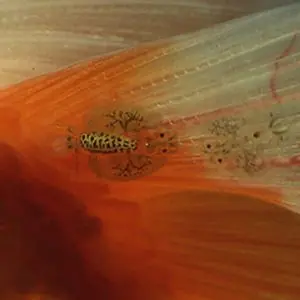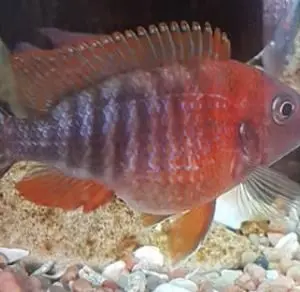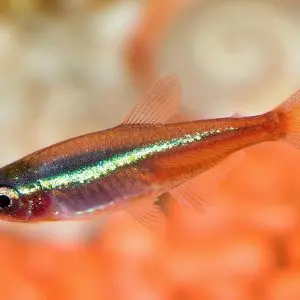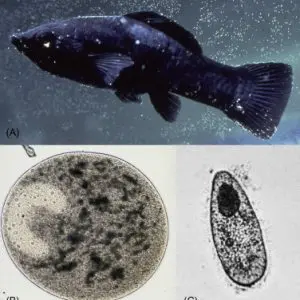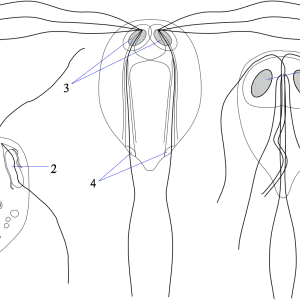Aquarium Fish Disease
Nematodes
Nematodes is the common name for roundworms, some of which are parasites. The most common nematodes that live in the intestines of fish, they feed on undigested food particles. As a rule, the…
Skin and gill trematodes
Skin and gill trematodes are worms parasitizing on the body of fish, not visible with a simple glance (the size of adults rarely exceeds 1 mm), but through a magnifying glass they become…
Gill crustaceans (Ergasilus)
Gill crustaceans (Ergasilus), as the name implies, infect the gills of fish, and only females that lay eggs in them are dangerous. The larvae hatch after 5 days, and reach the adult state…
“Black Spots”
“Black spots” is a rare and fairly harmless disease caused by the larvae of one of the trematode species (parasitic worms), for which the fish is only one of the stages of the…
Lernaea
Lernaea (Lernaea) is the collective name of copepod parasites, which are sometimes confused with worms due to their external resemblance. Lernei are completely dependent on the host – adult and larval forms live…
carp lice
Carp lice are disc-shaped crustaceans 3-4 mm in size, visible to the naked eye, affecting the outer integument of the body of fish After mating, adults lay their eggs on a hard surface,…
Bloating Malawi
Malawi bloat is most common among African cichlids from the rift lakes of Nyasa, Tanganyika and Victoria, whose diet is largely plant-based. For example, these include representatives of the Mbuna group. Symptoms The…
neon disease
Neon disease or Plystiphorosis is known as Neon Tetra disease in English-speaking countries. The disease is caused by the unicellular parasite Pleistophora hyphessobryconis belonging to the Microsporidia group. Formerly considered protozoa, they are…
Ichthyophthirius
Ichthyophthyriasis, better known as Manka or White Spot Disease, is one of the most well-known diseases of aquarium fish. In this case, “known” does not mean common. It is easy to diagnose, which…
Hexamitosis (Hexamita)
Hexamitosis refers to diseases of the gastrointestinal tract with obvious external manifestations in the form of the formation of depressions, pits on the head and along the lateral line. In English-speaking countries, this…

